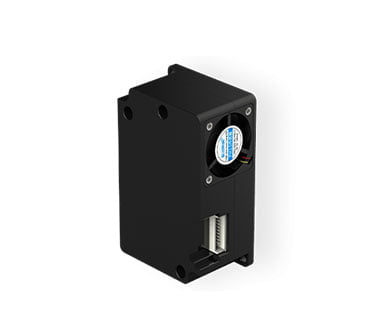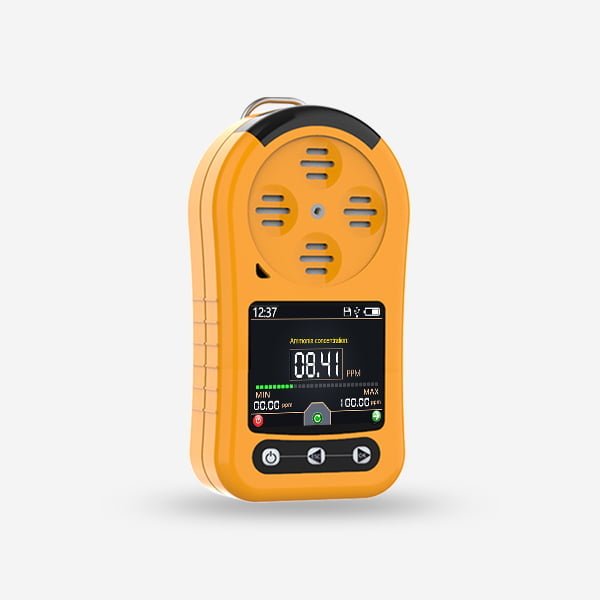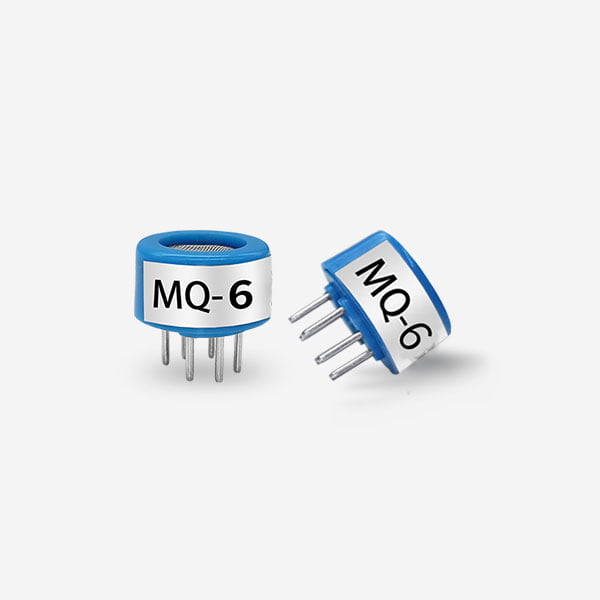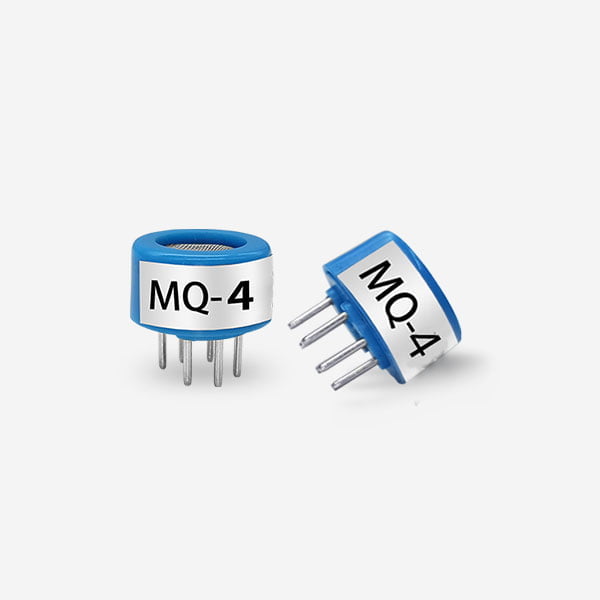As the main energy in production and life, combustible gas can be seen everywhere in industrial production and daily life. Common combustible gases include hydrogen, carbon monoxide, methane, propane, ethylene. Moreover, many combustible gases themselves are toxic and harmful gases, such as carbon monoxide, hydrogen sulfide, chlorine and so on. Once these combustible gases exceed a certain concentration, they may explode and cause fire accidents. For their detection, specific analysis is required.
Combustible gas sensor mainly include semiconductor type, catalytic combustion type, electrochemical type and infrared type, which are suitable for combustible gas detection in different scenarios. Different application scenarios have different requirements for gas detectors, and also have different requirements for their core components like gas sensor.
How to choose a suitable combustible gas sensor
Semiconductor type
In general household places, it is usually required to be able to quickly detect when the concentration of flammable gas leakage is low, and to achieve a single-point alarm. Moreover, it must be able to meet the requirements of long-term maintenance-free, which is convenient for home use.
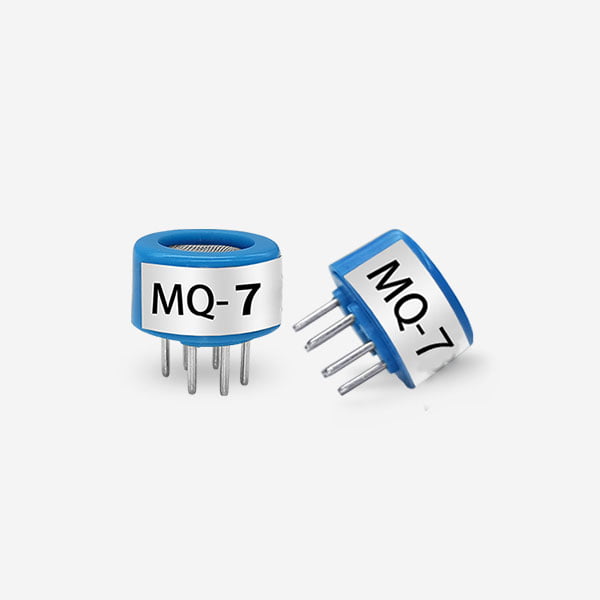
The semiconductor combustible gas sensor has a low detection limit and a long service life. During the detection process, there is only gas adsorption and desorption. The serious oil fume in the kitchen rarely remains on the surface of the sensitive material, which will not affect the actual service life. So semiconductor sensor is the best choice for domestic gas leak alarms.
2. Catalytic combustion type
Catalytic combustion gas sensors is the widely used sensor in the world at present. It has short response time. Up to the lower explosion limit (LEL), the output of the sensor is almost proportional to the gas concentration, so the accuracy and repeatability are very high. It is suitable for quantitative detection in coal mine, petroleum, chemical industry, gas and other fields.

However, the catalytic combustion sensor has a high working temperature, and the catalyst is easily deactivated. At the same time, the silicone and sulfide released by the adhesive and rubber products in the surrounding environment can easily poison the catalyst and cause the sensor to fail. In industrial places, the detector is usually calibrated regularly by standard gas, and the magnification is adjusted to prevent the sensitivity of the catalytic sensor from being degraded and the accuracy will be greatly deteriorated.
3. Electrochemical type

For the detection of low-concentration carbon monoxide in the incomplete combustion process of coal gas, due to the high toxicity of carbon monoxide, the alarm point generally does not exceed 200ppm. In order to prevent false alarms or leakage alarms, it is best to use electrochemical gas sensors with high sensitivity and precision .
4.Infrared type

The infrared combustible gas sensor uses the principle of non-dispersive infrared (NDIR) to detect hydrocarbon combustible gases in the air. With the advantages of good selectivity, strong anti-interference ability, and not easy to be poisoned, it has played an important role in industrial safety and gas detection in recent decades.
